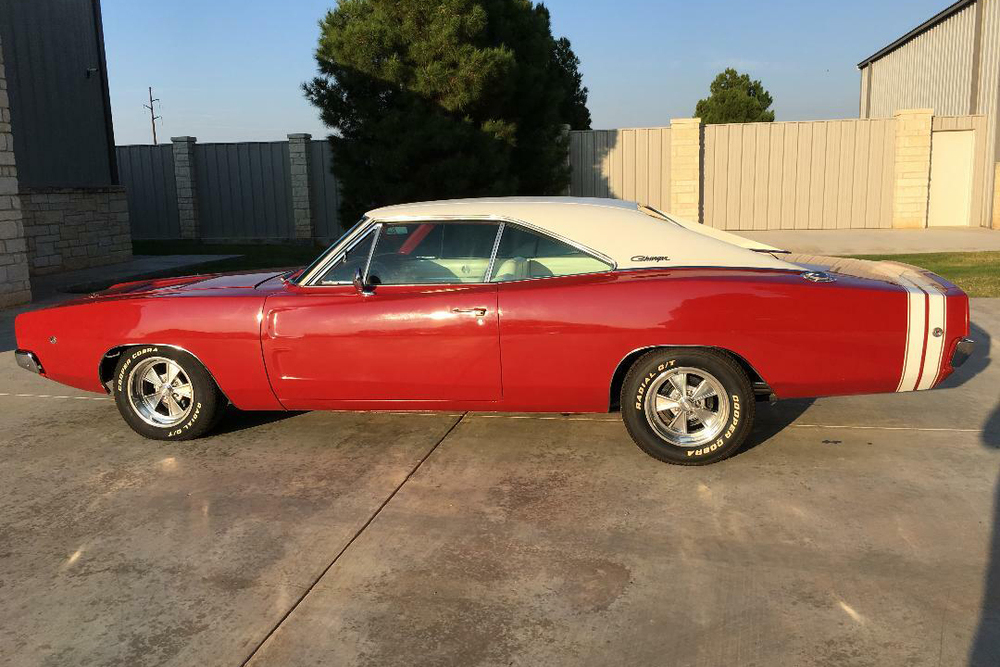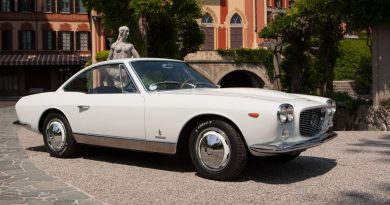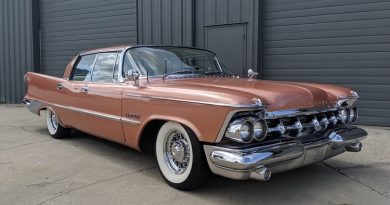1968 Dodge Charger R/T 426 Hemi
Coupling the words Hemi and Charger together is something Dodge continues to do even to this day, but in the minds of many, its ultimate rendering was in cars like this: the 1968 body design paired with the 426 Hemi of NASCAR lore. The 1968 model was the first of the second-generation Chargers with turbine-inspired styling cues, defined body lines, an inset grille and a flying-buttress rear window. The red exterior is highlighted by a white vinyl top that complements the car’s white interior. It rides on 5-spoke wheels wrapped in Cooper Cobra Radial G/T tires.
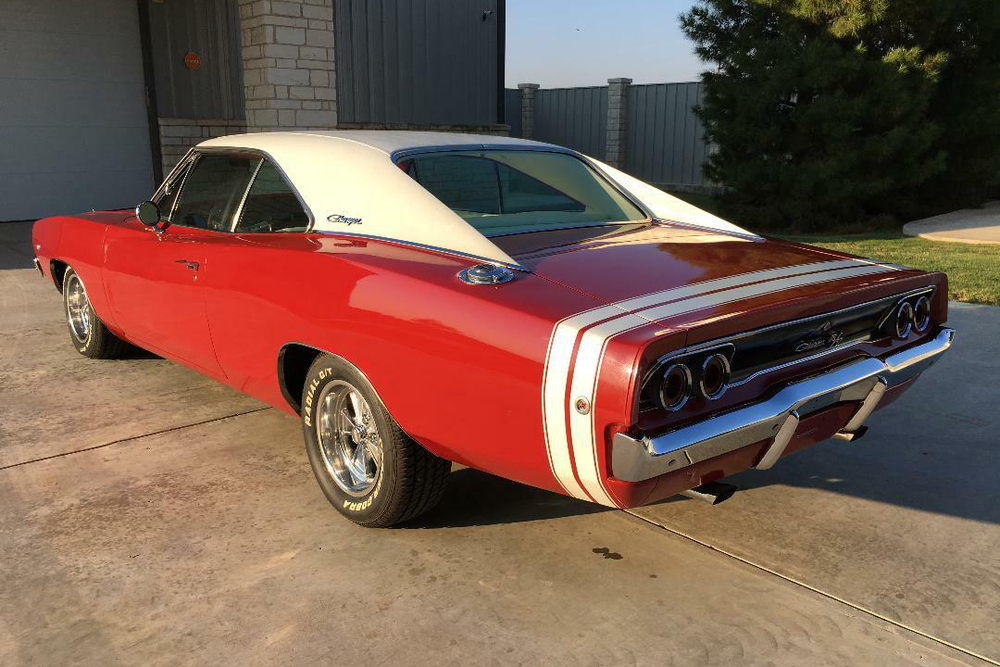
The 426 Hemi, released into the street market two years prior, featured a pair of inline 4-barrel carbs, an aluminum intake, 10.25:1 compression, large-port cylinder heads and a fearsome reputation. This is one of 411 ’68 Hemi Charger R/T constructed with the 4-speed transmission, and under the hood is the rebuilt, matching-numbers 426 HP Hemi engine. Selecting the 4-speed option on a Hemi car also got the heavy-duty Dana 60 differential installed as mandatory equipment. Equipped with power steering, power brakes and the factory Hemi suspension layout, it was a driver’s machine.

The Charger is covered in classic red paint with an unrestored white interior, white vinyl top and rear-stripe delete. Inside is the Hurst floor shift, 150 MPH speedometer, AM/8-track radio and driver’s-side remote mirror.
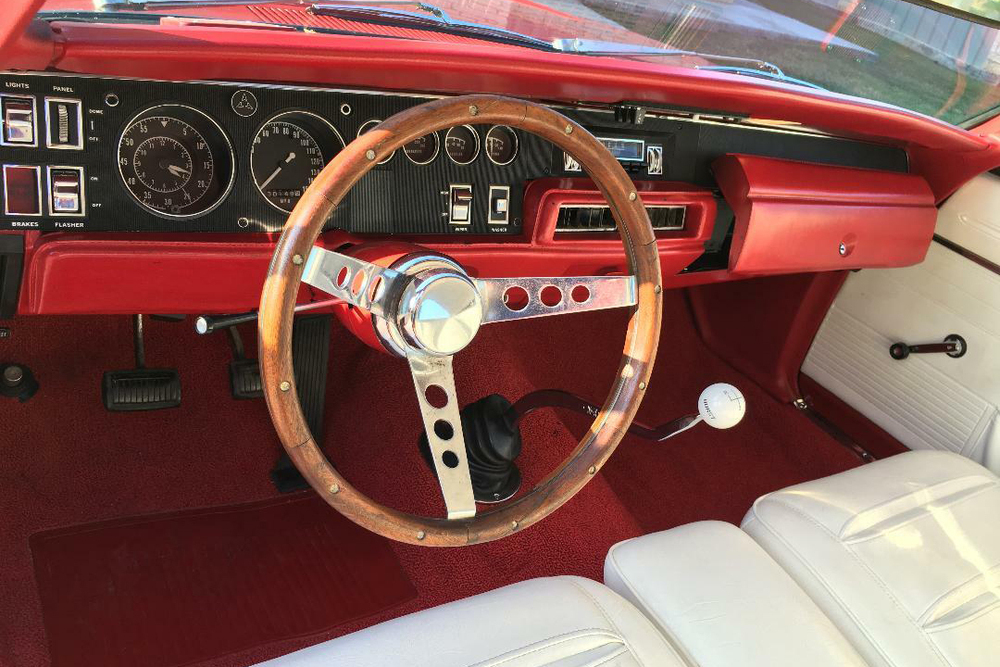
This body design proved to be very popular when it was released and remains so to the present. Couple that to the Hemi/4-speed driveline, rare tri-color combination and originality, and it becomes a candidate for exclusivity.
Further visual performance identity is achieved by the use of a racing-style gas filler cap mounted high on the left rear quarter, and quasi fog/driving/parking and turn signal lights mounted low in the front bumper. Matte black paint is used extensively in the grille and around the tail lights. Full wheel cut-outs, fat tires on 6-inch rims, and simulated engine compartment exhaust vents in the hood (which also house turn signal indicator lights, like the Mustang GT) and at the leading edge of the doors complete the Charger’s complement of visually “in” features.
